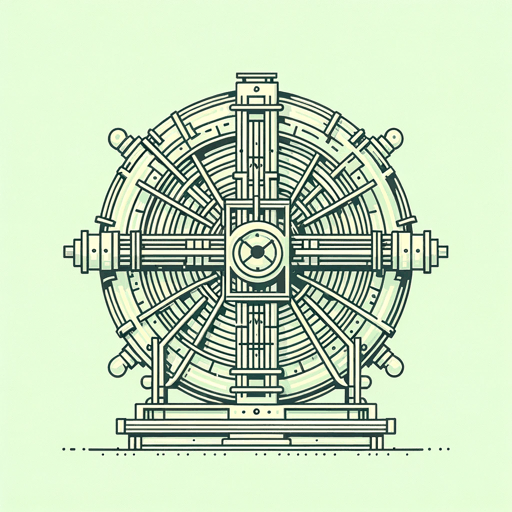77 pages • 2 hours read
Dan BrownThe Lost Symbol
Fiction | Novel | Adult | Published in 2009A modern alternative to SparkNotes and CliffsNotes, SuperSummary offers high-quality Study Guides with detailed chapter summaries and analysis of major themes, characters, and more.
Important Quotes
“He gazed up through the rain-speckled glass ceiling at the mountainous form of the illuminated Capitol Dome overhead. It was an astonishing building. High atop her roof, almost three hundred feet in the air, the Statue of Freedom peered out into the misty darkness like a ghostly sentinel. Langdon always found it ironic that the workers who hoisted each piece of the nineteen-and-a-half-foot bronze statue to her perch were slaves—a Capitol secret that seldom made the syllabi of high school history classes.”
(Chapter 6, Page 31)
One theme of the novel is The Significance of Social and Physical Architecture. As Dan Brown begins his novel, he has Langdon rushing through the Capitol Building in Washington, DC. Despite his rush, Langdon takes the time to admire the beauty of the building and reflect on its history, foreshadowing the fact that his deep knowledge of much of Washington, DC’s history will play an important part in the plot of the novel. At the same time, Brown, through Langdon, reveals a part of American history that he correctly surmises is not often taught in public schools, a fact that also builds on the theme of The Value of Changing Perspective. With this moment of contemplation, Brown shows that people often know and seek to learn things that fit a certain ideal rather than seeking the truth.
“Langdon felt a deepening chill. This strange response was an ancient Hermetic adage that proclaimed a belief in the physical connection between heaven and earth. As above, so below.”
(Chapter 9, Page 48)
The connection between heaven and earth is mentioned multiple times as Langdon struggles to decipher the pyramid and figure out what the Ancient Mysteries truly entail. The adage, “As above, so below” is also used often in this novel to connect humanity with god and vice versa. Langdon interprets this saying as reflecting a literal connection with a heavenly god, but at the conclusion of the novel, this interpretation proves to be a misunderstanding of the far more abstract “truth” that underlies the plot of the novel.
Related Titles
By Dan Brown







